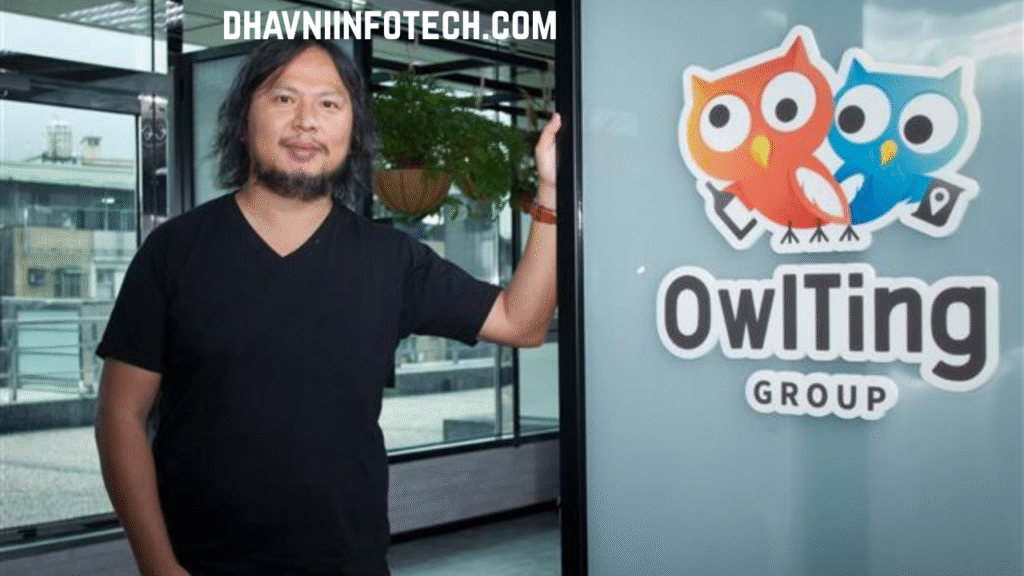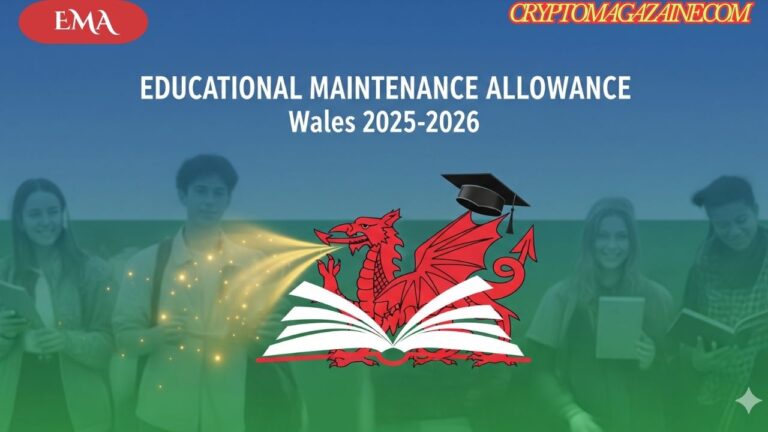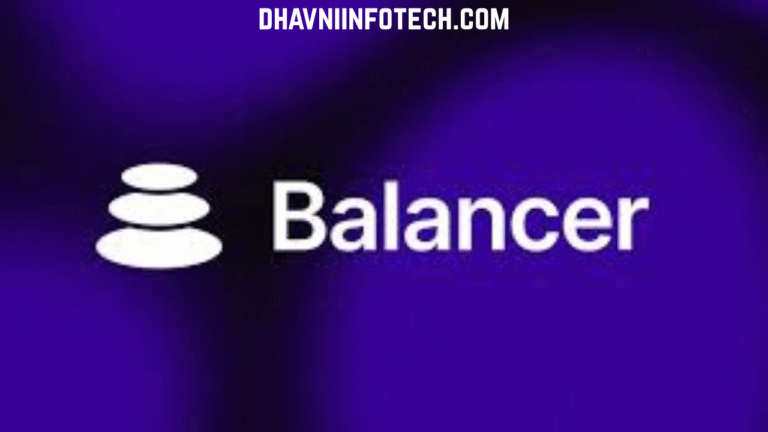Stablecoins are rapidly emerging as the backbone of modern digital payments, quietly reshaping the global financial landscape. Much like semiconductors underpin our everyday electronics without being visible, stablecoins operate behind the scenes, providing a reliable, programmable, and borderless medium of exchange. Traditional payment systems, including SWIFT, Visa, and Mastercard, remain critical, handling trillions of dollars daily. Yet these networks often suffer from inefficiencies: slow settlement times, high operational costs, and limited cross-border functionality. Stablecoins promise to address these gaps and form the infrastructure of the next generation of finance.
The Current State of Stablecoins

In 2025, the global stablecoin payments market is estimated at $28 billion, with Asia accounting for roughly 18% of this volume. Stablecoins like USDC and USDT offer advantages over legacy financial rails, including near-instant settlement, reduced transaction costs, and cross-border interoperability. Companies leveraging stablecoins can transfer value across continents in minutes, compared to several days in traditional banking networks.
This rapid growth has attracted both startups and established players to build infrastructure, compliance systems, and payment rails to support global adoption. The stablecoin market is no longer niche—it’s becoming a core component of global payments and digital commerce.
OwlTing Approach to Stablecoin Infrastructure
OwlTing differentiates itself by focusing on infrastructure rather than end-user branding. Its ambition is to become the “Visa/Mastercard of stablecoins,” providing the invisible rails that enable secure, compliant, and seamless transactions.
The company has invested over $5 million in licensing and compliance, securing permissions across key jurisdictions such as the United States, Japan, and Europe. These licenses ensure that OwlTing can operate legally at scale while building trust with financial institutions, enterprises, and consumers.
OwlTing’s core offerings include
- OwlPay Harbor
- A programmable infrastructure converting USD ↔ USDC with embedded fiat on/off ramps.
- Supports multiple blockchain networks and automates compliance processes.
- Acts as a bridge between traditional fiat currencies and digital assets, allowing enterprises to operate globally with minimal friction.
- OwlPay Wallet Pro
- A multi-chain enterprise wallet using Multi-Party Computation (MPC) for secure key custody.
- Built-in KYC/KYB verification, audit trails, and governance controls.
- Designed to simplify corporate treasury management while ensuring regulatory compliance.
- OwlPay Payment & Stablecoin Checkout
- Supports global B2B payouts and merchant collections in 190+ countries and 41 currencies.
- Merchants can accept USDC and instantly convert it into local fiat currency.
- Reduces settlement time from multiple days to just minutes, improving cash flow for businesses.
Regulatory Landscape

Operating in multiple jurisdictions requires navigating complex and evolving regulatory frameworks:
- United States: The GENIUS Act (2025) mandates 1:1 backing of stablecoins, monthly audits, and federal oversight.
- European Union: MiCA regulations require stablecoin issuers to register as authorized e-money institutions and maintain full reserves. Non-euro stablecoins are limited to €1 million/day for payments.
- Singapore: Stablecoins pegged to SGD or other G10 currencies must hold high-quality reserves and guarantee redemption within five business days.
OwlTing views these regulations as both a challenge and a competitive advantage. Compliance requires significant investment, but once established, it creates trust and forms a barrier to entry for smaller competitors.
Challenges of Building Global Stablecoin Rails
Constructing a global stablecoin infrastructure is complex. Some of the main challenges include:
- Banking and fintech integration: Each bank or payment partner has unique APIs and settlement procedures.
- Regulatory compliance: Operating across multiple jurisdictions requires continuous adaptation to local rules.
- Enterprise security: Large-scale wallets must protect against theft, fraud, and operational risk, often using advanced technologies such as MPC and multi-layered governance.
- Liquidity and reserves: Maintaining full backing for stablecoins while ensuring liquidity for high-volume transactions requires careful financial planning.
Despite these obstacles, the potential for a fast, low-cost, borderless payment system makes this a highly attractive opportunity.
Future Outlook

The next wave of global commerce is likely to rely more on stablecoin infrastructure than traditional payment rails. Users and businesses may not notice the complexity behind the scenes—they will expect payments to be instant, cheap, and seamless. OwlTing’s strategy focuses on hiding this complexity while delivering reliable, compliant, and scalable infrastructure.
In the long term, stablecoins could fundamentally reshape how value moves across borders, offering enterprises and consumers the ability to transact globally without intermediaries, delays, or excessive fees. By building a robust foundation now, OwlTing aims to be at the center of this transformation.
Disclaimer
This article is based on a CoinDesk Research report commissioned by OwlTing. While independently produced, the report reflects views on OwlTing’s technology and market opportunity. It is not financial or investment advice.
Read More: Crypto Markets Face Risk Off Sentiment Amid Stream Finance Losses






